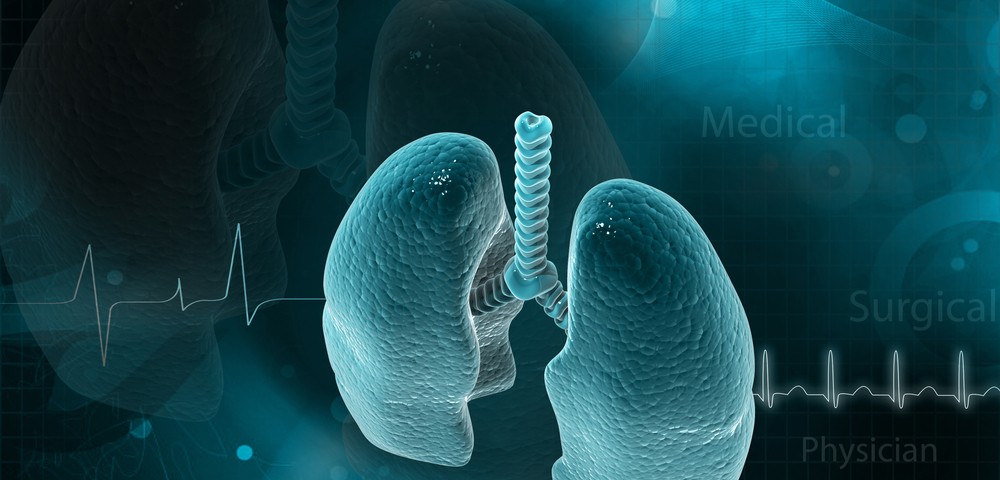University researchers have successfully transplanted a set of miniature lab-grown human lungs derived from stem cells into mice — a feat that will lead to more specific studies of various lung diseases.
The study, “A bioengineered niche promotes in vivo engraftment and maturation of pluripotent stem cell derived human lung organoids,” was published in the journal eLife.
Studies of lung diseases are often complex, and animal models do not always mirror the structure of human lungs. Lab-grown lungs would, therefore, be a valuable tool in all aspects of lung disease research. Their use could range from drug screening to the study of complex human diseases such as asthma.
The University of Michigan research team has been working to create these so-called lung organoids — organ-like structures grown in the lab. Modulating an array of cellular signaling pathways, the team succeeded in making stem cells grow into the complex structures of a miniature lung, such as bronchi and alveoli.
But in earlier work, they noted that as the lab-grown lung remained in a lab dish, it resembled the lungs of a fetus more than those of an adult. To overcome this problem, the team tried to transplant the lungs into an immunosuppressed mouse. This was not an easy task, and several attempts failed.
But in a collaboration with Lonnie Shea, PhD, professor of biomedical engineering at U-M, the team finally succeeded in transplanting the lungs using a biodegradable scaffold.
The scaffold had been specifically developed to aid tissue transplants into animals, and provided the miniature lungs with enough support to allow them to develop into mature lungs inside the mice.
“In many ways, the transplanted mini lungs were indistinguishable from human adult tissue,” Jason Spence, PhD, an associate professor in the Department of Internal Medicine and the Department of Cell and Developmental Biology at the University of Michigan Medical School, and the study’s senior author, said in a press release.
“In just eight weeks, the resulting transplanted tissue had impressive tube-shaped airway structures similar to the adult lung airways,” added Briana Dye, first author of the study and a graduate student in the U-M Department of Cell and Developmental Biology.
The team found that in the transplanted lungs, the epithelial cell layer lining the inside of the lungs was well-organized, and the lungs had many of the specialized features needed for proper lung function, including cells producing mucus and multiciliated cells.
Still, despite the fact that alveolar cells had been present in the lungs when they were in a dish, those cells did not seem to grow once the lungs had been transplanted. The team is working to improve the lung model, and possibly obtain a better understanding of lung diseases.


will they ever grow real human lungs inside humans does stem cell transplants stop the progression of copd